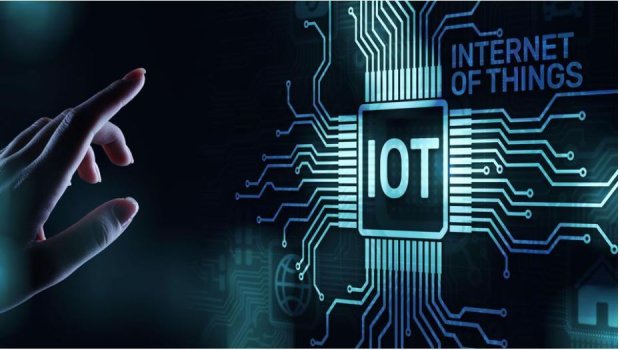The Internet of Things (IoT) is a term that describes the increasingly sophisticated ecosystems of online, connected devices we share our world with. The slightly odd name refers to the fact that the first iteration of the internet was simply a network of connected computers. As the internet grew, phones, office equipment like printers and scanners, and industrial machinery were added to the internet. Today, just about any device we use in our homes, offices, factories, or simply wear on our bodies can be online and connected, hence the internet of "things."
IoT is a trend that is driving the ongoing digitization and datafication of society in many new and amazing ways. Self-driving cars, autonomous manufacturing robots, and remote medical devices that let doctors diagnose patients and even carry out surgery are all possible due to these networks of connected things. In fact, Ericsson predicts that by 2022, there will be around 29 billion of these devices connected to the internet globally. So let’s take a look at what are likely to be some of the most important drivers and innovations in this field during 2022:
IoT in healthcare
With everything that’s been going on in the world for the last two years, it isn’t surprising that healthcare has been one of the most active areas of IoT development. Of course, it’s a broad use case – covering everything from the use of cameras in public areas to monitor social distancing, fitness bands and trackers to monitor lifestyles and the increase in adoption of telemedicine and remote healthcare. Specialized medical equipment, including blood pressure and heart rate monitors, insulin pumps, wheelchairs, defibrillators, and oxygen pumps, are all frequently connected now, allowing them to collect data to help doctors understand conditions and patient lifestyles better, as well as work autonomously to improve user quality-of-life.
Continue reading: https://www.forbes.com/sites/bernardmarr/2021/12/13/the-5-biggest-internet-of-things-iot-trends-in-2022/?sh=5924d5f65aba
IoT is a trend that is driving the ongoing digitization and datafication of society in many new and amazing ways. Self-driving cars, autonomous manufacturing robots, and remote medical devices that let doctors diagnose patients and even carry out surgery are all possible due to these networks of connected things. In fact, Ericsson predicts that by 2022, there will be around 29 billion of these devices connected to the internet globally. So let’s take a look at what are likely to be some of the most important drivers and innovations in this field during 2022:
IoT in healthcare
With everything that’s been going on in the world for the last two years, it isn’t surprising that healthcare has been one of the most active areas of IoT development. Of course, it’s a broad use case – covering everything from the use of cameras in public areas to monitor social distancing, fitness bands and trackers to monitor lifestyles and the increase in adoption of telemedicine and remote healthcare. Specialized medical equipment, including blood pressure and heart rate monitors, insulin pumps, wheelchairs, defibrillators, and oxygen pumps, are all frequently connected now, allowing them to collect data to help doctors understand conditions and patient lifestyles better, as well as work autonomously to improve user quality-of-life.
Continue reading: https://www.forbes.com/sites/bernardmarr/2021/12/13/the-5-biggest-internet-of-things-iot-trends-in-2022/?sh=5924d5f65aba

